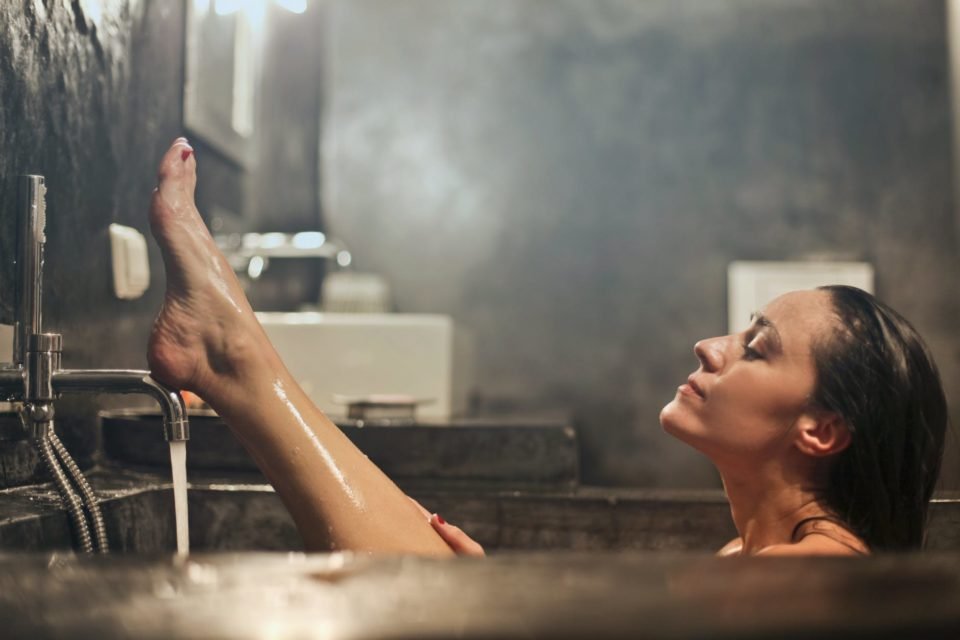It was not long ago, it was found that using shower gels and hand wash gels in the dispenser bottles are the best way to wash your bodies and hands respectively, as the gel is untouched and not contaminated with any dust or germs, as compared to soaps, that are touched many times by many people, and may harbour dust, germs, etc. However, with shower gels came their indispensable partner, the loofah, which, turns out, has kind of defeated the aim of shower gels altogether.
Loofas were made to make the experience of showering easier and convenient for you. They make the procedure of frothing the shower gel simpler, which makes the procedure of rinsing our bodies easier. Some people also feel that loofas are great exfoliators for the skin. However, it turns out, they are a place where germs and diseases get collected, and you should not use them at all.

Loofas are very porous, as they are made of a very soft and spongy material. They have cuts and grooves, which make them a breeding ground for germs. As per many dermatologists, people who make use of loofahs to scrub off the dead skin cells from their body can trap these cells in the loofah, which can, in turn, lead to a growth of bacteria in them. Bacteria grows in moist environments. Loofahs are used with water, they are hanged in the bathrooms, which is also a wet environment. Loofas never dry out totally, which makes them for the bacteria to grow. As you continue using them, the number of bacteria on it increases. Technically, the loofas transfer the bacteria from one to another.
The growth of bacteria and its transfer from one to another can cause severe diseases and infections. Using dirty loofas can result in causing staph infections, which are popularly known as bacterial skin infections. Using a loofah over an open wound can damage the protective layer, and forces the germs inside the wound, resulting in severe infection.
How you should take care of your loofah?
It is very important to maintain your loofah so that it remains clean. You must clean them, wash them and dry it totally. If the loofah starts stinking or if its colour starts changing then, it’s better to change them immediately. However, you must replace your loofah every 3 to 4 weeks, irrespective of the colour or smell. To dry it fast, you can try microwaving your loofah. It not only helps in drying the loofah but also kills the bacteria on it. Bleaching the loofas is a great idea, as it helps in killing the bacteria, though it is a continuous process, and simply changing your loofah may be simpler.

There are certain cases where it could make sense to make use of a loofah on your body. Several doctors suggest using loofas occasionally to patients with skin conditions that lead to building up of cells, like psoriasis. If you use one, you must follow some precautions. The first thing to keep in mind is to avoid over-scrubbing. You should use a loofah once or twice a week. Make sure you always rinse the loofah thoroughly before letting it dry completely. Soaking the loofah in vinegar or diluted bleach lessens the growth of microorganisms too.

